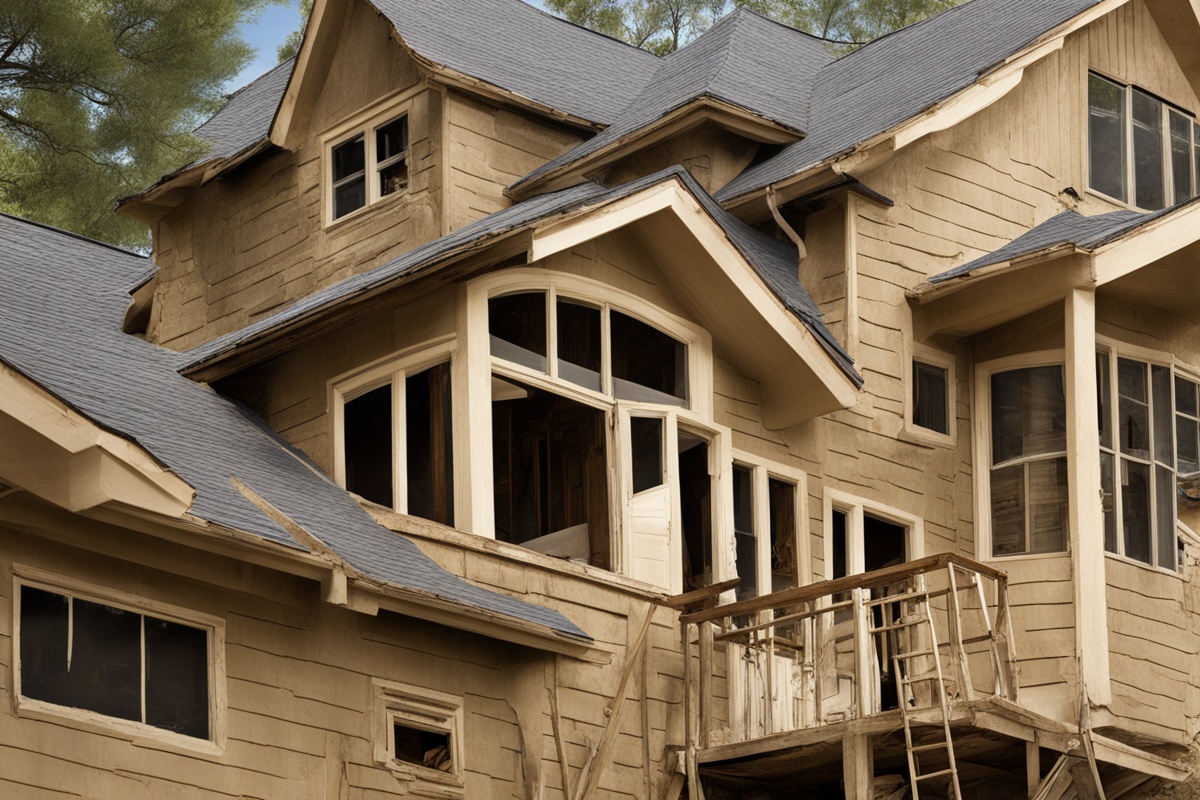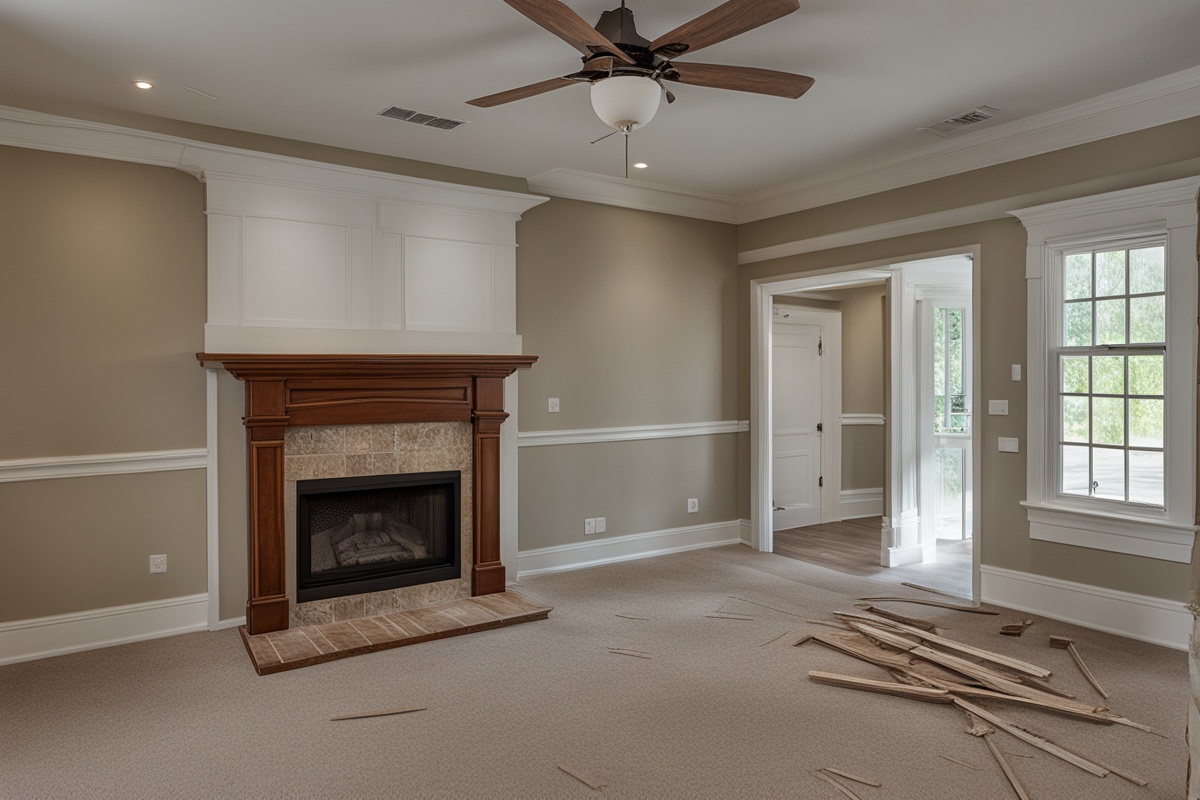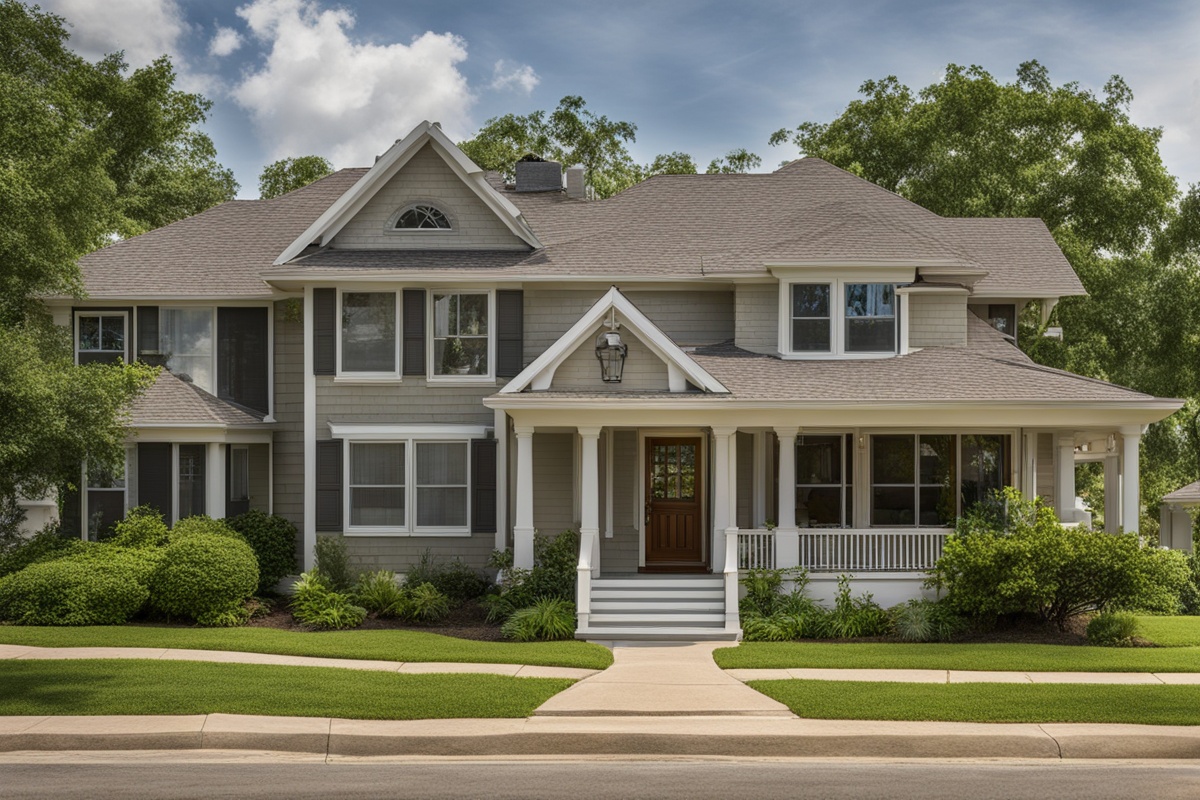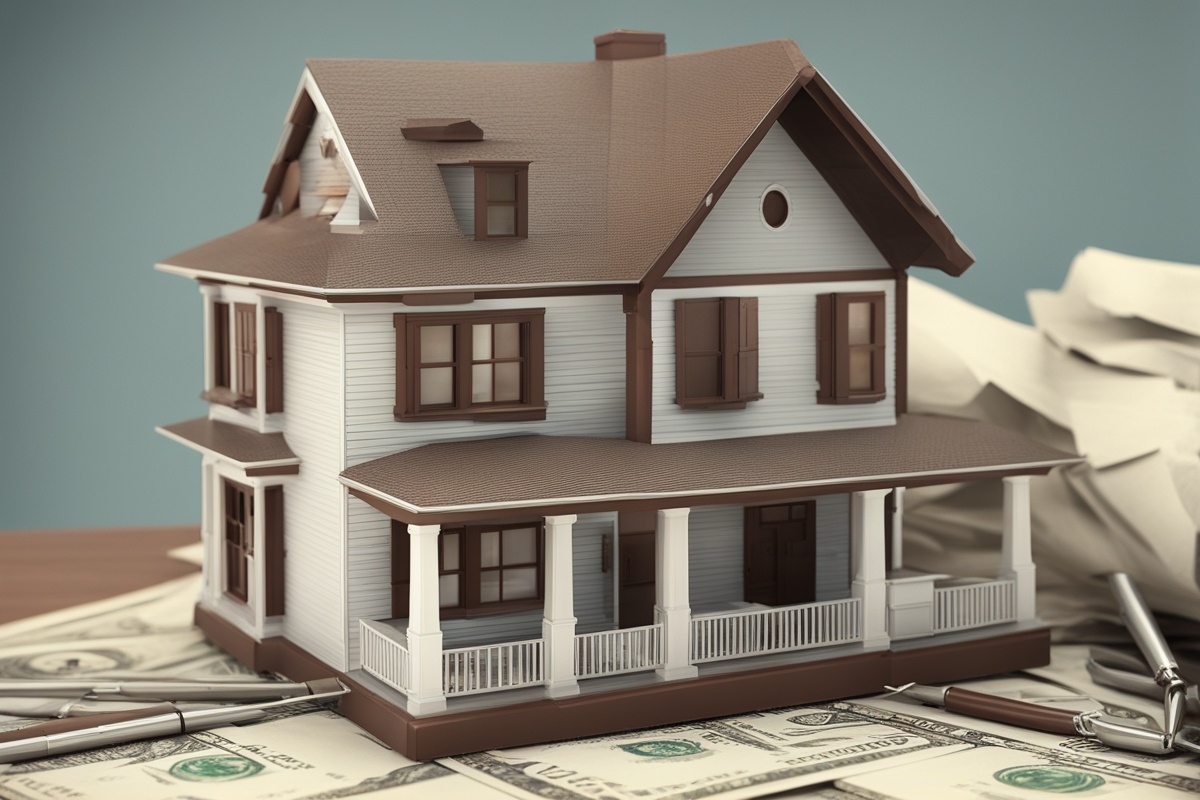Revamping distressed homes successfully is a rewarding yet challenging endeavor for property investors, renovators, and homeowners alike. Distressed properties, often characterized by neglect, foreclosure, or structural issues, present unique opportunities to transform overlooked spaces into valuable real estate. Whether you’re flipping a home for profit or restoring a fixer-upper to call your own, understanding the process of rehabilitating distressed properties is key to achieving a successful outcome. This guide will walk you through essential strategies, tips, and considerations to ensure your project thrives.
Understanding the Potential of Distressed Homes
Distressed homes are properties in poor condition due to financial, legal, or physical issues. These can include foreclosures, abandoned houses, or homes damaged by natural disasters. The appeal of revamping distressed homes successfully lies in their lower purchase price, which offers significant potential for profit or equity-building. However, the process requires a keen eye for identifying properties with “good bones” and a realistic assessment of repair costs. Before diving in, research the local real estate market to ensure demand for renovated homes in the area. A property in a desirable neighborhood, even if distressed, often holds more potential for a successful rehab than one in a declining area.
Assessing the Property Before Purchase
One of the most critical steps in revamping distressed homes successfully is conducting a thorough inspection before buying. Hire a professional inspector to evaluate the structural integrity, electrical systems, plumbing, and HVAC. Look for signs of major issues like foundation cracks, mold, or outdated wiring, as these can balloon repair costs. Additionally, estimate renovation expenses by getting quotes from contractors for necessary repairs. A common mistake is underestimating the budget, so always add a 10-20% buffer for unexpected issues. For more insights on property assessments, check out our detailed guide on property inspection tips.
Creating a Realistic Renovation Plan
Once you’ve acquired a distressed home, the next step is crafting a detailed renovation plan. Prioritize repairs that address safety and functionality first, such as fixing the roof, updating electrical systems, and repairing plumbing leaks. Cosmetic upgrades, like painting or installing new flooring, can come later. Set a timeline for each phase of the project and assign tasks to contractors or yourself if you’re taking a hands-on approach. A well-structured plan not only keeps the project on track but also helps manage costs. For budgeting advice, refer to our post on home renovation budgeting.
Navigating Legal and Financial Challenges
Revamping distressed homes successfully often involves overcoming legal and financial hurdles. Many distressed properties come with liens, back taxes, or title issues that must be resolved before renovation can begin. Work with a real estate attorney to clear any legal obstacles and ensure a clean title. On the financial side, securing funding for the purchase and renovation is crucial. Options like hard money loans, FHA 203(k) loans, or personal savings can help cover costs. Be mindful of interest rates and repayment terms to avoid overextending your budget. For more on financing options, explore our article on real estate financing options.
Maximizing Return on Investment (ROI)
The ultimate goal of revamping distressed homes successfully is to achieve a strong return on investment, whether you’re flipping the property or creating a dream home. Focus on upgrades that add the most value, such as modernizing kitchens and bathrooms, which are often key selling points for buyers. Avoid over-improving for the neighborhood—high-end finishes in a modest area may not yield a proportional return. Additionally, consider energy-efficient upgrades like new windows or insulation, which can attract eco-conscious buyers and reduce long-term costs. To learn more about value-adding renovations, read our guide on value-adding home upgrades.
Working with the Right Team
A successful rehab project hinges on assembling a reliable team of professionals. From contractors and architects to real estate agents and inspectors, each member plays a vital role in bringing your vision to life. Vet contractors carefully by checking references, reviewing past work, and ensuring they are licensed and insured. Communication is key—regular updates and clear expectations prevent delays and misunderstandings. If you’re new to property rehabilitation, consider partnering with an experienced mentor or joining a local real estate investment group for support. For tips on building a renovation team, see our resource on building a renovation team.
Disclaimer: The information provided in this article is for general informational purposes only and should not be considered professional financial, legal, or real estate advice. Always consult with qualified professionals before making decisions related to property purchases, renovations, or investments. The author and publisher are not responsible for any losses or damages resulting from actions taken based on the content of this article.
References
- Realtor.com – What Is a Distressed Property?
- Investopedia – Buying a Foreclosure: What You Need to Know
- HUD.gov – FHA 203(k) Rehabilitation Loan Program
- Forbes – Home Renovation Costs in 2023
- National Association of Realtors – Remodeling Impact Report
This content is for informational purposes only and not a substitute for professional advice.





